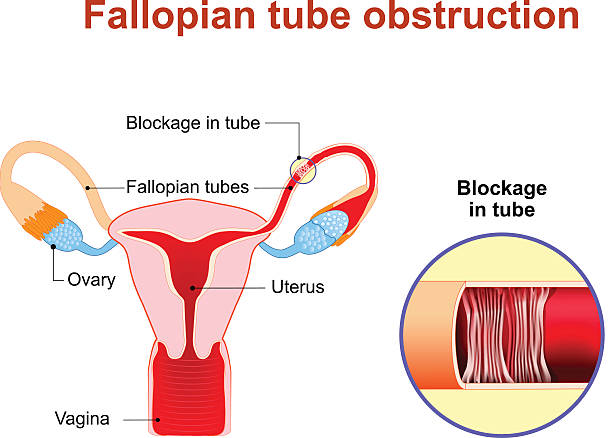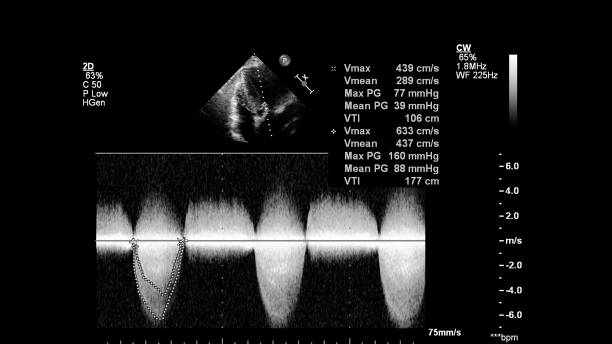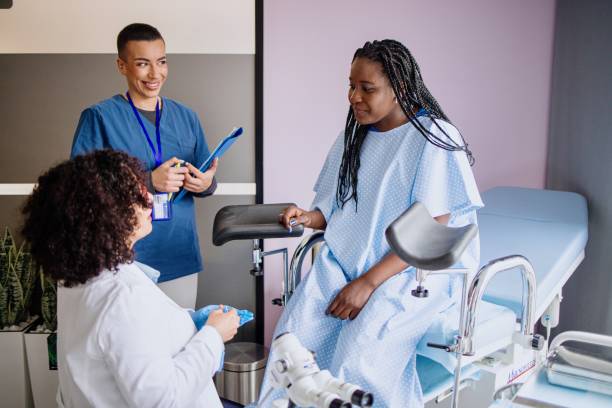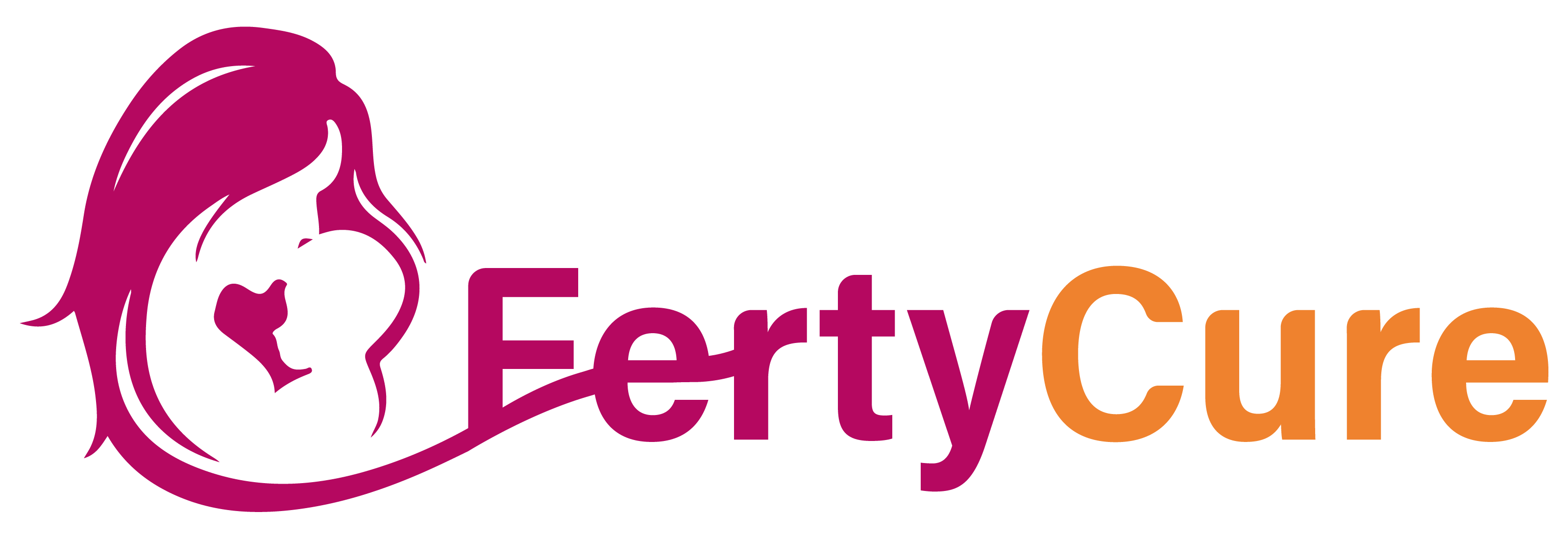Table of Contents
Blocked Fallopian Tubes: Symptoms, Treatment, and Fertility
Introduction
The human body is an intricate maze of systems and functions, with each part playing a crucial role. Within the female reproductive system, the fallopian tubes are essential conduits. But what happens when these vital pathways are blocked? Let’s dive into the secret world of blocked fallopian tubes and unravel the mystery.
What is a Blocked Fallopian Tube?

The fallopian tubes are two slender tubes attached to either side of the uterus, where the eggs travel from the ovaries to the uterus. A blocked fallopian tube prevents the egg from traveling down to meet the sperm, thus hindering fertilization.
Anatomy of the Fallopian Tube
Picture a tiny, delicate tunnel, roughly the width of a spaghetti strand. On one end, it’s connected to the ovary; on the other, it opens into the womb. This tunnel is our fallopian tube. It’s not just a passive conduit; it’s lined with tiny hair-like structures called cilia that help move the egg along.
Causes of Blockage
There’s no single culprit for blocked tubes. It can be due to infections, surgeries, or even conditions like endometriosis. In some cases, the blockage is congenital – meaning you’re born with it.
Signs and Symptoms of Blocked Fallopian Tubes
How can you tell if your tubes are blocked? It’s not always straightforward.
Physical Signs
Ironically, a significant sign of blocked fallopian tubes is often the absence of signs. Many women don’t realize they have a blockage until they face issues with fertility. However, some may experience pain or discomfort, especially during their menstrual cycle.
Emotional and Mental Implications

The inability to conceive can weigh heavily on one’s mind. While a blocked fallopian tube is a physical issue, its impact can be deeply emotional. Feelings of inadequacy, depression, or frustration are common.
Types of Fallopian Tube Blockage
Not all blockages are the same. Here’s a brief on the different types of fallopian tube blockage:
Proximal Blockage
This occurs at the junction where the tube and uterus meet. Often, it’s due to a buildup of fluid or mucus.
Distal Blockage
Located at the end of the fallopian tube near the ovary, this blockage often results from infections or complications from surgeries. It can lead to a condition called hydrosalpinx, where the tube fills with fluid.
Mid-segment Blockage
This type of blockage happens in the middle of the tube and can be due to infections or surgeries.
Diagnosis and Treatment
If you suspect you have blocked tubes symptoms, it’s essential to consult a medical professional.
Tests and Procedures

Some common tests include the Hysterosalpingogram (HSG) and Laparoscopy. HSG is a type of X-ray that looks at the inside of the uterus and fallopian tubes. A laparoscopy involves a small incision and a camera to check for blockage.
Treatment Options
The treatment route depends on the type and severity of the blockage. Surgery can sometimes open up the tubes. In other cases, IVF (In-Vitro Fertilization) might be recommended.
Personal Stories: Living with Blocked Tubes
Sarah’s Journey

Sarah was 28 when she first realized she had blocked fallopian tubes. After months of trying to conceive, she underwent tests that confirmed her fears. However, with the support of her medical team and her determination, she underwent successful IVF treatment and now is a proud mother of twins.
Mike and Lisa’s Adventure

Lisa was diagnosed with both tubes blocked. It was a tough pill to swallow. However, with Mike by her side, they ventured into IVF treatments. After two cycles, they welcomed their baby boy.
Conclusion
The journey with blocked fallopian tubes can be challenging and emotional. But with advancements in medical science and treatments, there’s hope for those looking to conceive. The key is awareness, early diagnosis, and proper treatment.
FAQs
Can both fallopian tubes be blocked?
Yes, it's possible for both tubes to be blocked, but treatment options like IVF can still help in conceiving.
Do blocked tubes mean I can't ever have children?
No, with treatments like IVF or surgical procedures, many women with blocked tubes have successfully conceived.
Are there natural ways to unblock fallopian tubes?
While some holistic approaches claim to help, it's essential to consult with a medical professional before trying any methods.
Is surgery the only option for treatment?
No, while surgery can help in some cases, treatments like IVF are also available.
Do blocked fallopian tubes cause pain?
Not always. Some women may experience pain, while others might not have any symptoms
